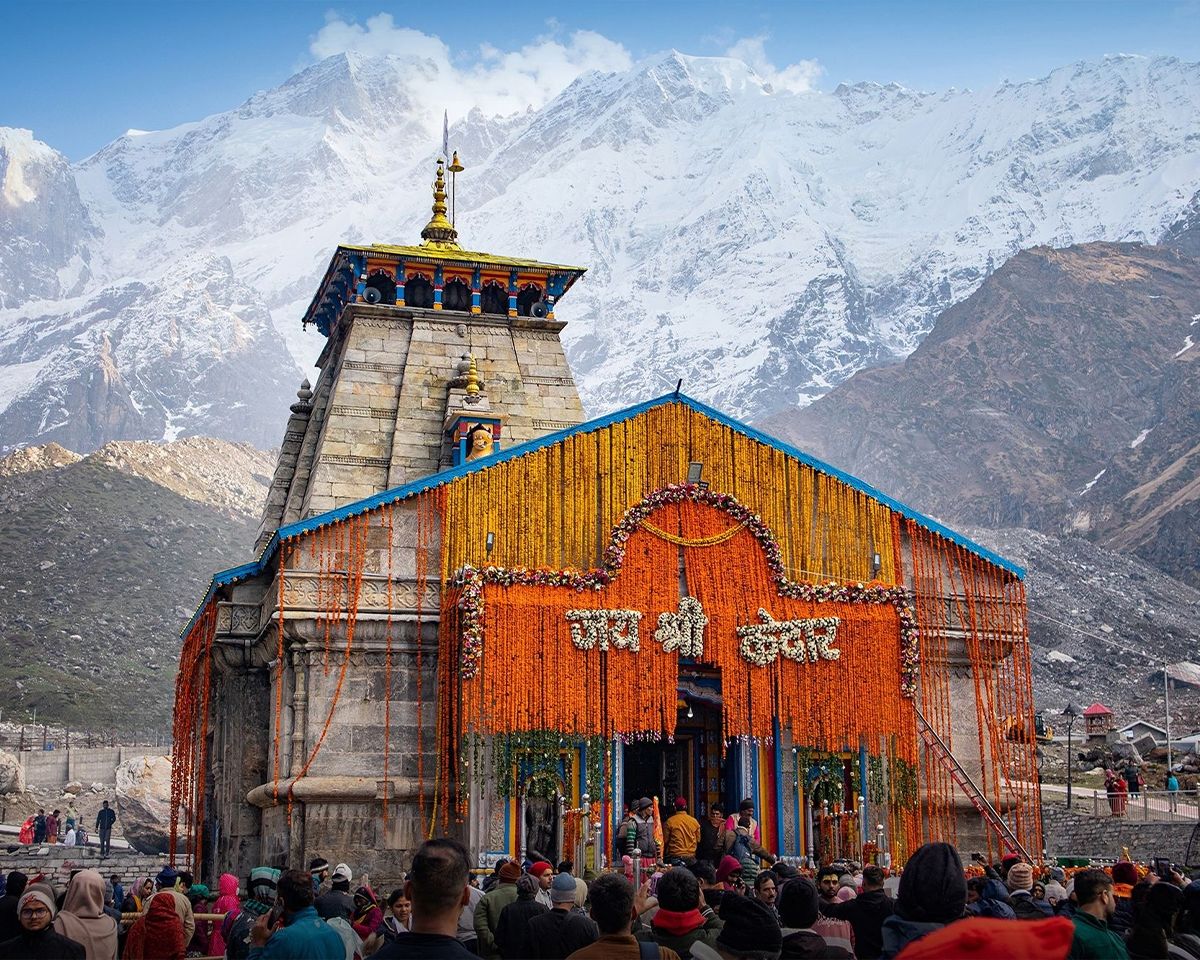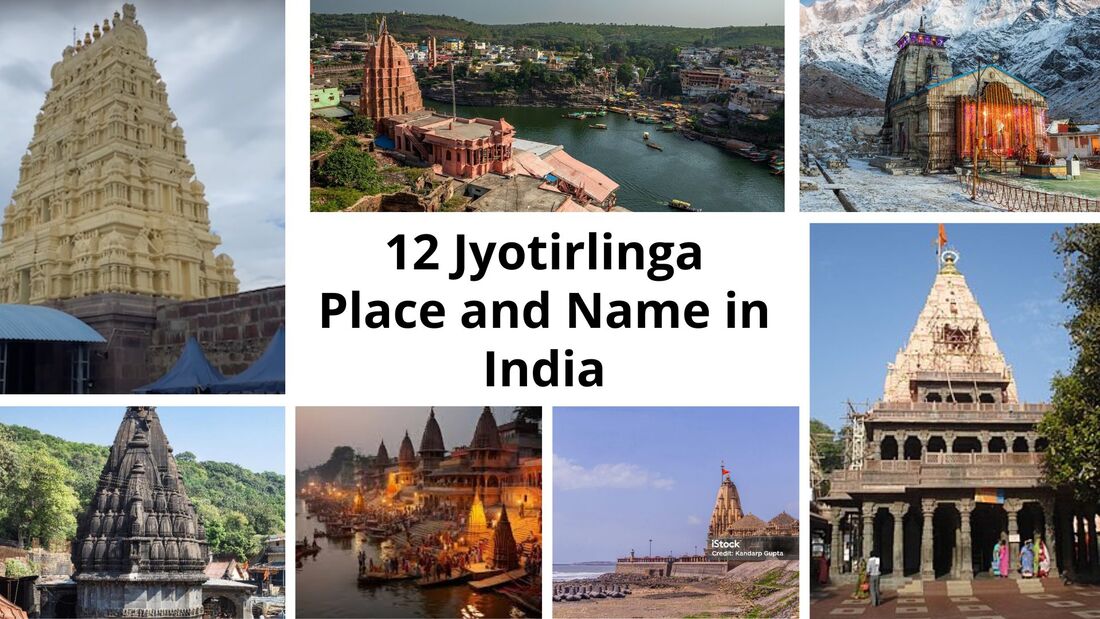Located in the breathtaking Garhwal region of Uttarakhand, India, the Panch Kedar temples Kedarnath, Tungnath, Rudranath, Madhyamaheshwar, and Kalpeshwar are five cherished shrines dedicated to Lord Shiva. These temples are steeped in Hindu mythology and serve not just as places of worship, but also as stunning destinations filled with natural beauty, spiritual energy, and opportunities for personal growth.
The Legend Behind Panch Kedar
According to Hindu lore, after the catastrophic Kurukshetra war, the Pandavas sought Lord Shiva's blessings to cleanse themselves of the sins incurred from the battle against their own kin and Brahmins. Angered by the bloodshed, Shiva transformed into a bull (Nandi) to evade them. When the Pandavas finally spotted him, Shiva attempted to sink into the earth, but Bhima managed to grab hold of the bull’s hump. Ultimately, Shiva’s body parts manifested at five distinct locations throughout the Himalayas, each one becoming a site of immense spiritual significance. These five locations collectively came to be known as the Panch Kedar, with temples constructed at each site.
🕉 Kedarnath – The Hump of Shiva
Kedarnath, the most renowned of the Panch Kedar, is also one of the 12 Jyotirlingas. It is believed to be where the hump of the bull appeared. Set at an impressive altitude of 3,583 meters, the temple is framed by the stunning snow-capped peaks of the Himalayas, right by the Mandakini River. Built from massive stone slabs, this ancient temple has withstood the test of time and nature. Pilgrims must embark on a 16 km trek from Gaurikund to reach it, although helicopter services are available for those who prefer not to walk.
🕉 Tungnath – The Arms of Shiva
The second temple in the series is Tungnath, which holds the distinction of being the highest Shiva temple in the world, perched at an altitude of 3,680 meters. It is said to be the place where Shiva’s arms emerged from the earth. The temple is more than 1,000 years old and offers a peaceful atmosphere surrounded by towering peaks.
🕉 Rudranath – The Face of Shiva
At 3,600 meters, Rudranath is the most remote and mystical among the Panch Kedar temples. It is believed to be the spot where Shiva's face appeared. Unlike the other temples, the lingam here is naturally formed as a mukh in a rock.
Reaching Rudranath requires a challenging 20 km trek through dense forests, alpine meadows, and rocky terrains. The atmosphere is tranquil, and the beauty of nature merges seamlessly with spiritual energy.
🕉 Madhyamaheshwar – The Navel of Shiva
Madhyamaheshwar, located at 3,289 meters, is where Shiva's navel (madhya) is said to have emerged. The temple is situated in a lush green valley and is surrounded by impressive peaks like Chaukhamba, Neelkanth, and Kedarnath.The trek to Madhyamaheshwar begins from Ransi village and covers about 16 km through forest trails, meadows, and rivers. The small stone temple is less frequented than Kedarnath, offering a quiet and meditative experience. Nearby, a small temple dedicated to the goddess Saraswati adds to the spiritual ambiance.
🕉 Kalpeshwar – The Hair of Shiva
Kalpeshwar is the only Panch Kedar shrine accessible year-round, situated at an altitude of 2,200 meters in the serene Urgam Valley. It marks the place where Shiva’s jata (hair or locks) surfaced. Unlike the grand structures of Kedarnath and Tungnath, Kalpeshwar is a small cave temple that exudes peace and simplicity.
It is accessible after a moderate trek of 3 km from Urgam village, which is connected by road to Helang (on the Badrinath route). The inner sanctum of the cave is small, but the spiritual energy is powerful and palpable.


